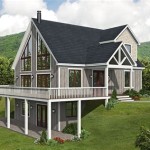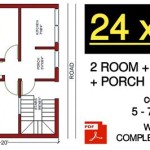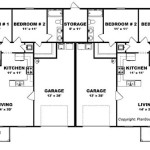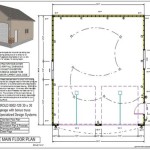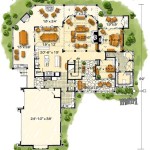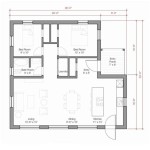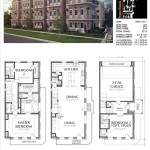Log Cabin Home Design Plans
Log cabin homes exude a timeless charm and rustic ambiance that evokes a sense of tranquility and connection with nature. Designing a log cabin home requires careful planning and consideration of various factors, including the type of logs, floor plan, and exterior features. This article provides a comprehensive guide to help you create a stunning and functional log cabin home design.
1. Choose the Right Log Type
The selection of logs is crucial for the overall aesthetics and structural integrity of your log cabin. Common log types include:
* Round Logs: Preserves the natural curvature of the tree, resulting in a rustic and traditional appearance. * Half-Logs: Logs are cut in half vertically, exposing the flat side that faces inward, providing a more modern and spacious interior. * Square Logs: Logs are squared off on all sides, resulting in a clean and contemporary aesthetic. * D-Logs: Similar to square logs, but with a rounded top surface, providing a more traditional look.2. Plan the Floor Layout
The floor plan determines the functionality and livability of your log cabin. Consider the following factors:
* Number of Bedrooms and Bathrooms: Determine the number of bedrooms and bathrooms you require based on your lifestyle and family size. * Great Room Concept: An open-plan design that combines the living room, dining room, and kitchen into one large space. * Loft Spaces: Utilize the vertical space by incorporating loft areas for additional bedrooms, storage, or a cozy reading nook. * Mudrooms: Essential for capturing dirt and debris, especially when living in a natural environment.3. Design the Exterior
The exterior of your log cabin plays a vital role in reflecting your personal style. Consider the following elements:
* Roofline: Choose from traditional gable roofs, shed roofs, or more complex rooflines for added architectural interest. * Decks and Patios: Extend your living space outdoors with wrap-around decks or covered patios. * Windows and Doors: Select windows and doors that complement the rustic aesthetic of your log cabin, such as large picture windows or arched doorways. * Exterior Finishes: Apply a protective finish to the logs, such as stain or clear sealant, to preserve their beauty and extend their lifespan.4. Plan for Utilities and Amenities
Log cabins may be located in remote areas, making it essential to plan for utilities and amenities:
* Heating and Cooling: Consider a combination of fireplace, wood stove, or electric heating systems. * Water Supply: Plan for a well or rainwater collection system. * Sewer System: Install a septic system or connect to a municipal sewer line. * Electrical Wiring: Design a safe and reliable electrical system, considering lighting, appliances, and heating.5. Incorporate Sustainable Features
Sustainability and environmental concerns can be integrated into your log cabin design:
* Energy Efficiency: Utilize energy-efficient windows, appliances, and lighting. * Renewable Energy: Explore the use of solar panels, wind turbines, or geothermal systems. * Water Conservation: Install low-flow fixtures and rain barrels to conserve water. * Sustainable Building Materials: Consider using recycled or sustainably harvested logs and other building materials.Conclusion
Designing a log cabin home is an exciting and fulfilling endeavor. By carefully considering the factors discussed in this article, including log type, floor plan, exterior design, utilities, amenities, and sustainability, you can create a stunning and functional space that embraces the rustic charm of nature while meeting your modern-day needs.

Log Cabin Home Floor Plans The Original Homes

Log Home Planning Step 1 Design Timberhaven Timber Homes

Log Home Floor Plans 1500 2400 Sq Ft Cascade Handcrafted Homes

Best 4 Bedroom Log Cabin House Plans Home Floor

Standout Log Cabin Plans Escape To An Earlier Gentler Time

Log Cabin Home Plans Floor

Pin On House And Deck

17 Log Home Design Ideas For Every Room In The House

Log Cabin Home Design

Log Home Storage Solutions Honest Abe Homes Cabins

